Home>Gardening & Outdoor>Landscaping Ideas>How To Help Dead Grass
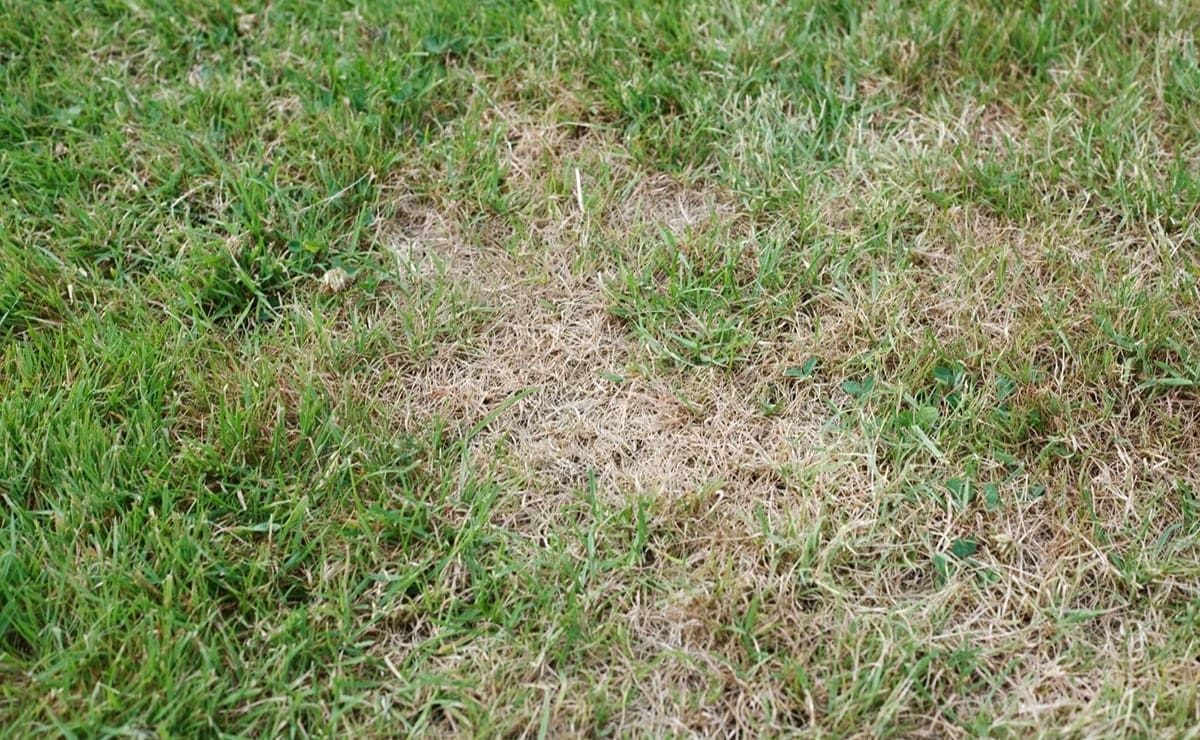

Landscaping Ideas
How To Help Dead Grass
Modified: February 18, 2024
Discover effective landscaping ideas to revive dead grass and improve the look of your yard. Learn how to help dead grass with our expert tips and techniques.
(Many of the links in this article redirect to a specific reviewed product. Your purchase of these products through affiliate links helps to generate commission for Storables.com, at no extra cost. Learn more)
Introduction
Welcome to the ultimate guide on reviving dead grass! A lush, green lawn is a source of pride for any homeowner, but sometimes, despite our best efforts, patches of dead or brown grass can appear. However, all hope is not lost! With the right knowledge and a little bit of TLC, you can bring your lawn back to life and restore its natural beauty.
In this comprehensive guide, we will explore the common causes of dead grass, step-by-step methods to revive it, tips for choosing the right grass seed, watering and fertilizing techniques, and ongoing maintenance to ensure a healthy, vibrant lawn. Whether you’re a seasoned gardener or a novice enthusiast, this article will equip you with the knowledge and tools needed to transform your lawn into a verdant oasis.
So, roll up your sleeves and get ready to breathe new life into your lawn as we delve into the art and science of resurrecting dead grass!
Key Takeaways:
- Reviving dead grass involves steps like removing dead grass, aerating the soil, overseeding, and watering consistently to bring your lawn back to life.
- Choosing the right grass seed based on climate, soil type, shade tolerance, and wear and tear helps ensure successful lawn restoration and long-term health.
Read more: How To Describe Dead Grass
Understanding the Causes of Dead Grass
Before diving into the revival process, it’s crucial to understand the underlying factors that can lead to dead or brown patches in your lawn. By identifying the root cause, you can implement targeted solutions to prevent future occurrences and promote a healthier lawn overall.
1. Lack of Water: Insufficient watering, especially during hot and dry periods, can quickly turn once-lush grass into a dry, brown eyesore. Inadequate irrigation prevents the roots from absorbing the necessary moisture, leading to dehydration and ultimately, dead grass.
2. Soil Compaction: Heavy foot traffic, construction activities, or even regular mowing can compact the soil, restricting the flow of air, water, and nutrients to the grassroots. Compacted soil hinders root development and can cause patches of grass to wither and die.
3. Improper Mowing Techniques: Cutting the grass too short can weaken the plants and make them more susceptible to stress, disease, and dehydration. Additionally, using dull mower blades can tear the grass instead of cleanly cutting it, further damaging its health.
4. Inadequate Nutrients: Just like any living organism, grass requires essential nutrients to thrive. A lack of proper fertilization or imbalanced soil pH levels can deprive the grass of vital nutrients, leading to discoloration and eventual death.
5. Pests and Diseases: Invasive insects, such as grubs and chinch bugs, can wreak havoc on your lawn by feeding on the grassroots, while fungal diseases like brown patch and dollar spot can quickly spread and cause extensive damage if left untreated.
By recognizing these common culprits, you can take proactive measures to address the specific issues affecting your lawn. Armed with this knowledge, you’re ready to embark on the journey of restoring your grass to its former glory.
Steps to Revive Dead Grass
Reviving dead grass requires a systematic approach that addresses the underlying issues while promoting new growth and vitality. Follow these essential steps to breathe life back into your lawn:
-
Assess the Damage: Begin by assessing the extent of the damage. Identify areas of dead or brown grass, paying attention to any underlying causes such as soil compaction, inadequate irrigation, or pest infestations.
-
Remove Dead Grass: Use a rake or specialized dethatching tool to remove the dead grass and thatch, allowing better access to the soil for new growth. This process also helps improve air circulation and water absorption.
-
Aerate the Soil: Compacted soil can suffocate grassroots, hindering their ability to absorb nutrients and water. Aerating the soil using a garden fork or aerator machine promotes better soil structure and encourages healthy root growth.
-
Overseed the Area: Spread a generous amount of grass seed over the bare or thinning patches, ensuring even coverage. Choose high-quality seed that is well-suited to your climate and soil type for optimal results.
-
Apply a Thin Layer of Compost: Top-dress the overseeded areas with a thin layer of compost. This helps retain moisture, provides essential nutrients, and creates an ideal environment for seed germination.
-
Water Thoroughly and Consistently: Keep the overseeded areas consistently moist by watering lightly once or twice a day. Avoid overwatering, as this can lead to fungal issues, but ensure the soil remains damp to support germination and early growth.
-
Monitor and Protect: Keep a close eye on the newly seeded areas, protecting them from heavy foot traffic and extreme weather conditions. With proper care, you'll soon notice the emergence of vibrant new grass shoots.
By following these steps and providing attentive care, you can effectively revive dead grass and encourage the establishment of a lush, healthy lawn. Patience and consistent maintenance are key as you nurture your revitalized grass back to its former splendor.
Choosing the Right Grass Seed
When it comes to reviving dead grass or overseeding existing lawns, selecting the appropriate grass seed is a critical decision that directly impacts the success of your lawn restoration efforts. Consider the following factors to choose the right grass seed for your specific needs:
-
Climate Compatibility: Different grass species thrive in specific climate zones. Consider whether you live in a cool-season or warm-season region, and choose grass seed varieties that are well-adapted to your local climate. Cool-season grasses, such as Kentucky bluegrass and fescue, perform best in northern regions, while warm-season grasses like Bermuda and Zoysia are more suitable for southern climates.
-
Soil Type: Assess your soil type, whether it’s sandy, loamy, or clay-based. Certain grass species are better suited to particular soil conditions. For example, fine fescues are known for their adaptability to poor soils, while St. Augustine grass thrives in sandy, well-draining soils.
-
Shade Tolerance: If your lawn has shaded areas, choose grass seed blends that are specifically formulated for shade tolerance. Shade-tolerant grasses, such as fine fescues and certain varieties of ryegrass, can thrive in areas with limited sunlight.
-
Wear and Tear: Consider the level of foot traffic your lawn typically experiences. For high-traffic areas, select grass seed varieties known for their durability and resilience, such as certain types of perennial ryegrass and Kentucky bluegrass.
-
Disease Resistance: Some grass species exhibit natural resistance to common lawn diseases, offering added protection and easier maintenance. Research disease-resistant varieties that are well-suited to your region and environmental conditions.
By taking these factors into account, you can make an informed decision when choosing the right grass seed for your lawn restoration project. Opting for high-quality seed that aligns with your specific requirements sets the stage for successful grass revival and long-term lawn health.
Water your dead grass deeply and infrequently to encourage deep root growth. Aerate the soil to improve air and water circulation. Remove thatch and apply a layer of compost to nourish the soil.
Watering and Fertilizing Tips
Proper watering and fertilizing practices are essential for nurturing newly seeded areas and maintaining the overall health of your lawn. By following these tips, you can optimize the growth and vitality of your grass, ensuring a lush and resilient lawn:
-
Watering Guidelines: After overseeding or reviving dead grass, it’s crucial to establish a consistent watering routine. Water the newly seeded areas lightly once or twice a day to keep the soil consistently moist. As the grass begins to germinate and establish, gradually reduce the frequency of watering while increasing the amount of water applied during each session.
-
Deep Watering: Encourage deep root growth by watering deeply but infrequently. This promotes stronger, more resilient grassroots that are better equipped to withstand periods of drought and stress. Aim for approximately 1 inch of water per week, including rainfall, to sustain healthy grass growth.
-
Fertilization Schedule: Once the newly seeded grass has established and is showing active growth, introduce a high-quality, balanced fertilizer to provide essential nutrients. Follow the recommended application rates and timings based on the specific grass species and local growing conditions. Avoid over-fertilizing, as this can lead to excessive top growth and weaken the grassroots.
-
Slow-Release Fertilizers: Consider using slow-release fertilizers that provide a steady supply of nutrients over an extended period. These formulations promote consistent growth and minimize the risk of nutrient leaching, ensuring that the grass receives the necessary nourishment for sustained health and vigor.
-
Soil Testing: Conduct a soil test to assess the nutrient levels and pH balance of your lawn. Based on the results, adjust your fertilization approach to address any deficiencies or imbalances, promoting optimal soil health and grass growth.
By adhering to these watering and fertilizing tips, you can create an environment that fosters robust grass growth and overall lawn resilience. Consistent and mindful care will yield a vibrant, thriving lawn that enhances the beauty of your outdoor space.
Read more: How To Tell If Grass Is Dead Or Dormant
Maintenance and Care for Healthy Grass
Once you’ve successfully revived dead grass and overseeded your lawn, ongoing maintenance and attentive care are essential for nurturing healthy, vibrant grass. Implement the following practices to ensure the long-term well-being of your lawn:
-
Mowing Techniques: Adopt proper mowing practices to maintain an optimal grass height. Avoid cutting more than one-third of the grass blade length at a time, as excessively short grass is more susceptible to stress and environmental damage. Regular mowing at the appropriate height encourages dense, lush growth and minimizes weed invasion.
-
Regular Watering: Establish a consistent watering schedule, especially during dry periods, to support the health and vigor of your grass. Deep, infrequent watering encourages robust root development and overall resilience, reducing the likelihood of drought-induced stress.
-
Weed Control: Keep an eye out for weeds and implement proactive weed control measures, such as hand-pulling or targeted herbicide application. Maintaining a dense, healthy lawn through proper watering and fertilization helps minimize weed encroachment, preserving the beauty of your grass.
-
Pest and Disease Management: Monitor your lawn for signs of pest infestations and disease development. Address any issues promptly, utilizing environmentally friendly pest control methods and disease management strategies to safeguard the well-being of your grass.
-
Seasonal Maintenance: Adjust your lawn care practices based on seasonal requirements. Implement aeration and dethatching as needed, and consider overseeding high-traffic areas or those showing signs of wear and thinning during the appropriate season.
-
Soil Enrichment: Periodically enrich the soil with organic matter, such as compost or well-decomposed manure, to promote soil health and fertility. This supports the overall well-being of your grass and ensures a thriving, resilient lawn.
By consistently implementing these maintenance and care practices, you can cultivate a lush, healthy lawn that serves as a testament to your dedication and green thumb. With proper attention and ongoing nurturing, your revitalized grass will continue to flourish, enhancing the beauty of your outdoor space for years to come.
Conclusion
Congratulations on embarking on the journey to revive dead grass and transform your lawn into a verdant oasis of natural beauty. By understanding the underlying causes of dead grass, implementing targeted revival techniques, and providing ongoing care, you’ve taken significant steps toward nurturing a healthy and vibrant lawn.
As you’ve learned, addressing issues such as soil compaction, inadequate watering, and nutrient deficiencies is crucial for promoting robust grass growth and overall lawn health. Through proper aeration, overseeding, and attentive watering, you’ve breathed new life into areas once marred by brown, lifeless grass.
Choosing the right grass seed tailored to your climate, soil type, and specific lawn conditions has set the stage for successful grass revival and long-term resilience. By following watering and fertilizing best practices, you’ve created an environment that fosters strong root development and sustained grass vitality.
Maintaining your revitalized lawn with proper mowing techniques, consistent watering, and proactive weed and pest management ensures that your grass continues to thrive, creating a lush and inviting outdoor space for relaxation and enjoyment.
Remember, the journey to a healthy, vibrant lawn is ongoing. By staying attuned to your lawn’s needs, adjusting your care practices based on seasonal requirements, and providing regular maintenance, you can enjoy the enduring beauty of a revitalized and resilient grassy landscape.
So, as you revel in the lush expanse of your revitalized lawn, take pride in the dedication and care you’ve invested in nurturing your outdoor sanctuary. With your newfound knowledge and commitment to ongoing lawn care, your revitalized grass will continue to flourish, providing a picturesque backdrop for cherished moments and a source of natural splendor for years to come.
Frequently Asked Questions about How To Help Dead Grass
Was this page helpful?
At Storables.com, we guarantee accurate and reliable information. Our content, validated by Expert Board Contributors, is crafted following stringent Editorial Policies. We're committed to providing you with well-researched, expert-backed insights for all your informational needs.
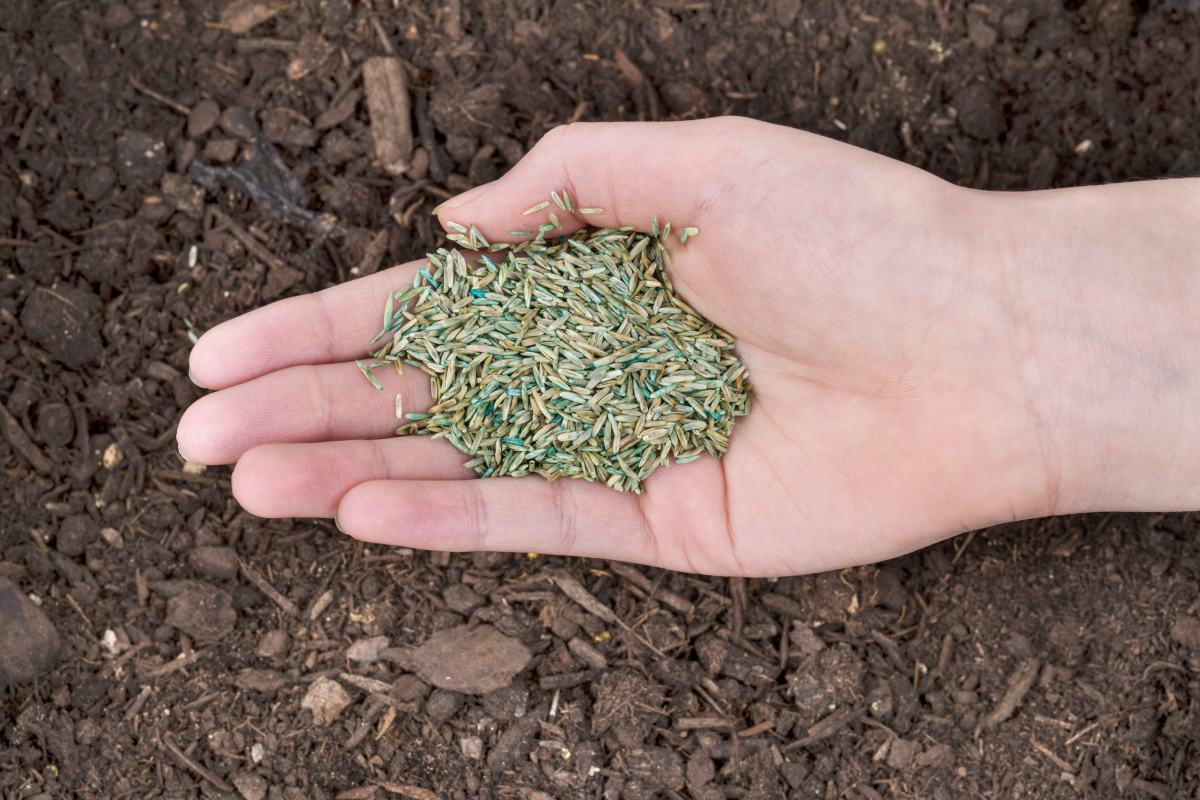
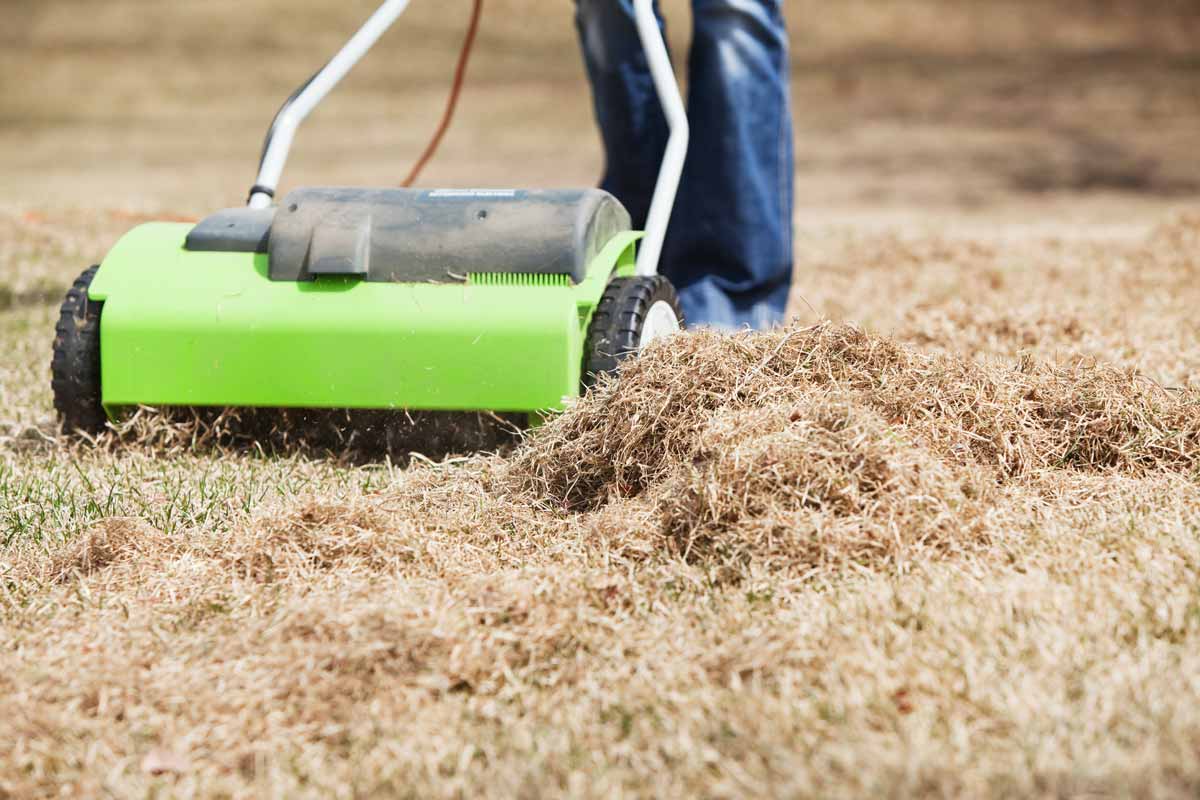
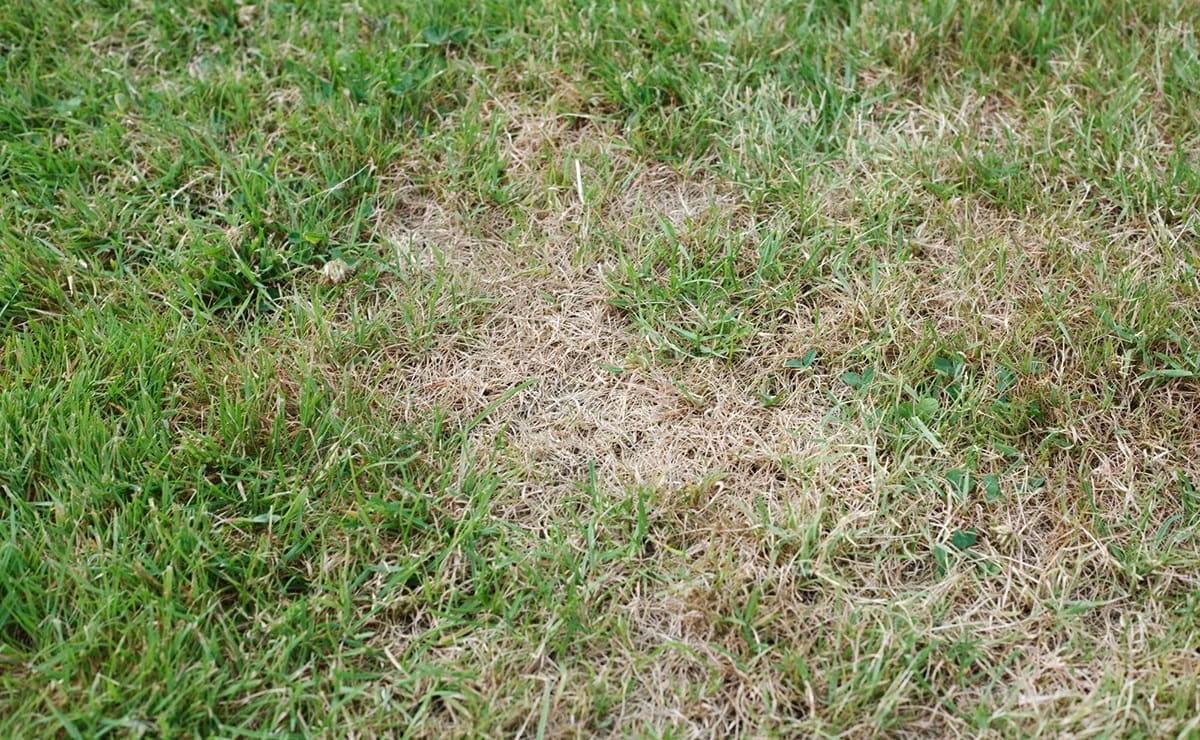
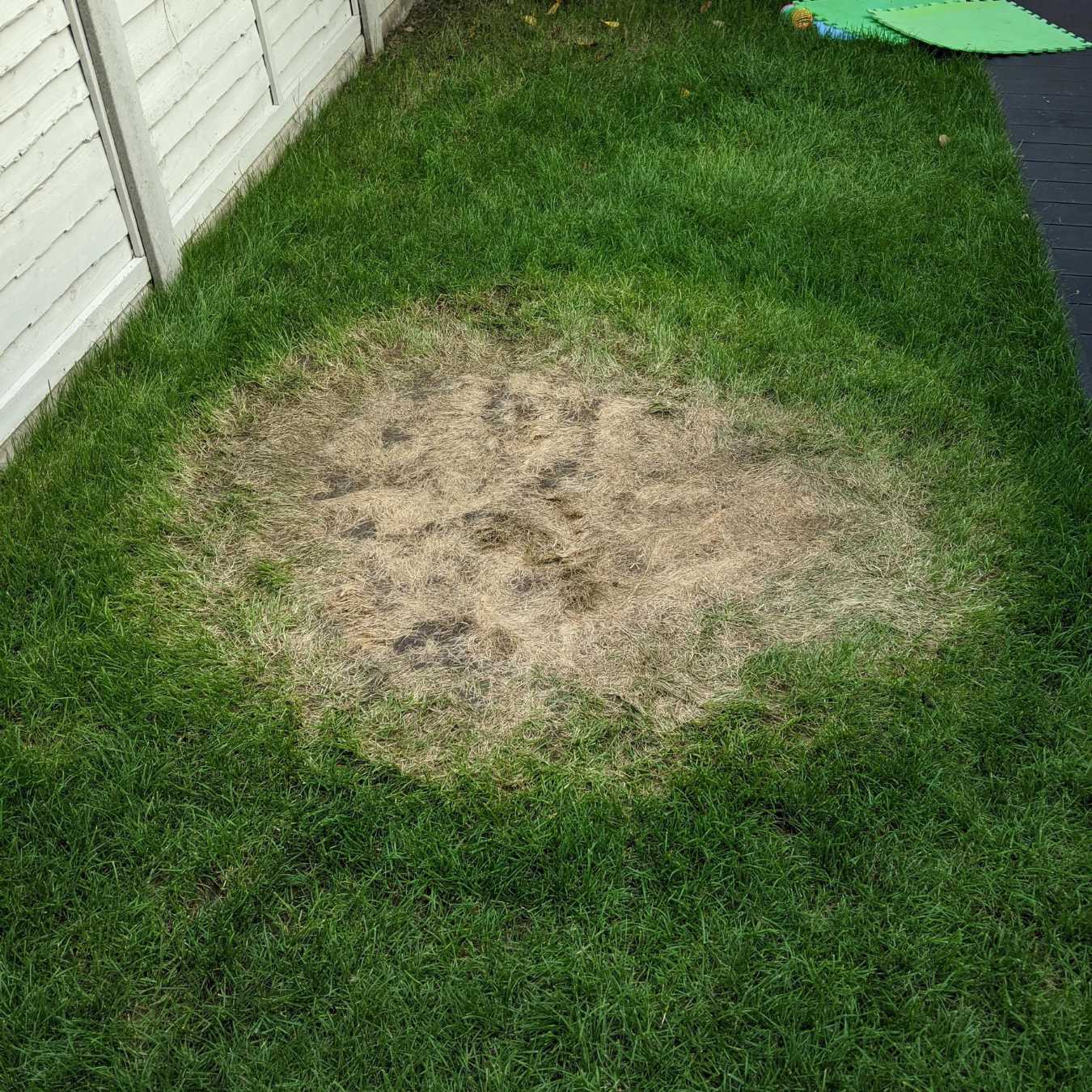
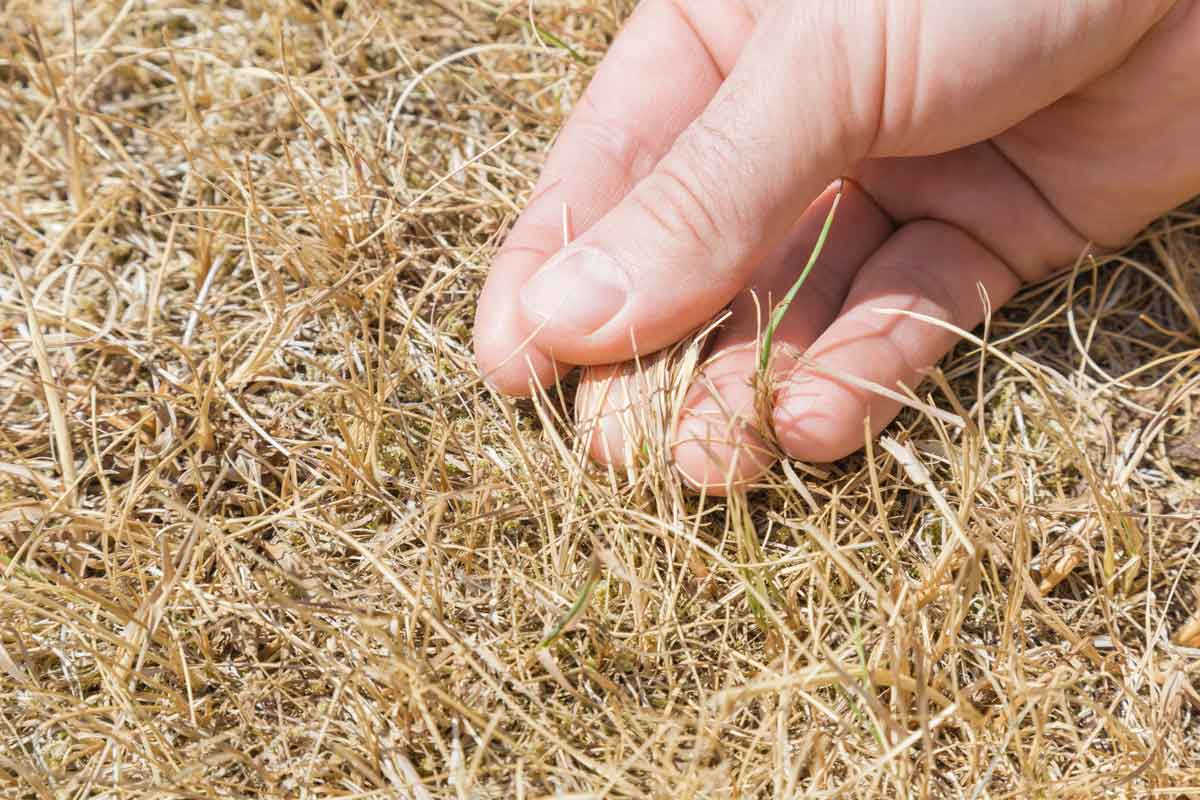
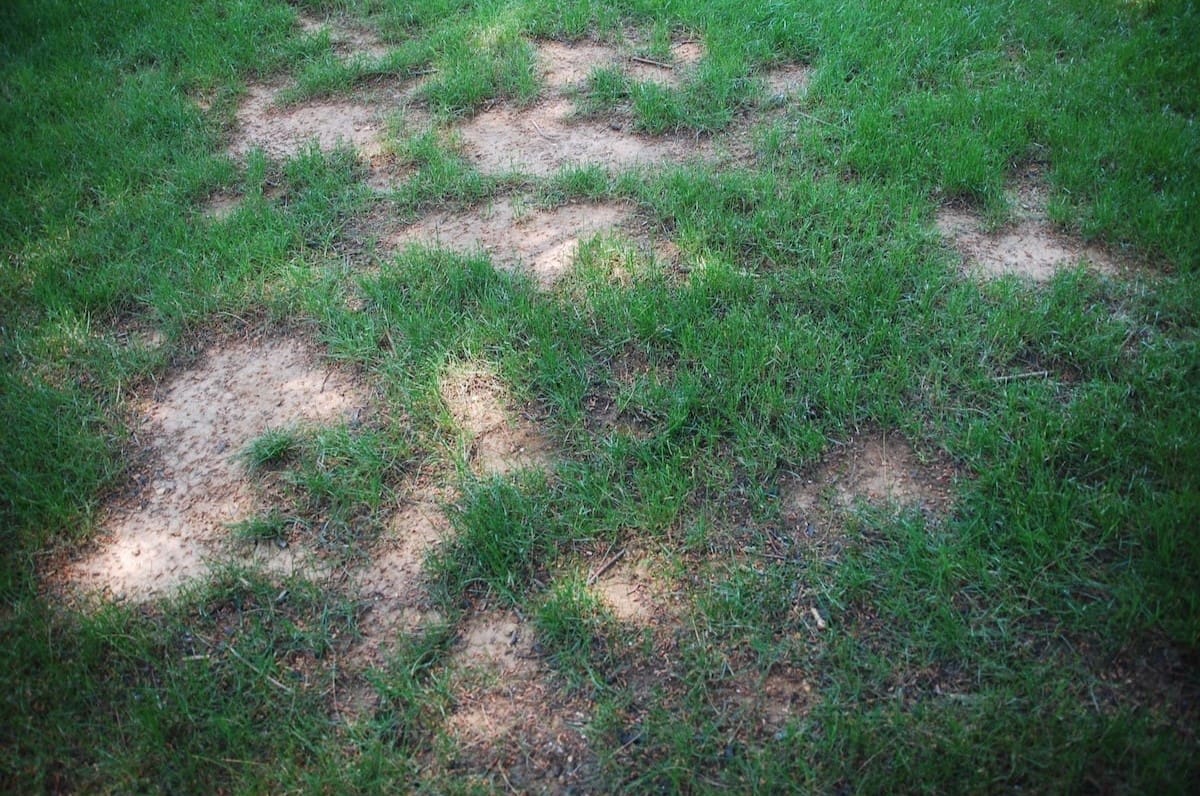
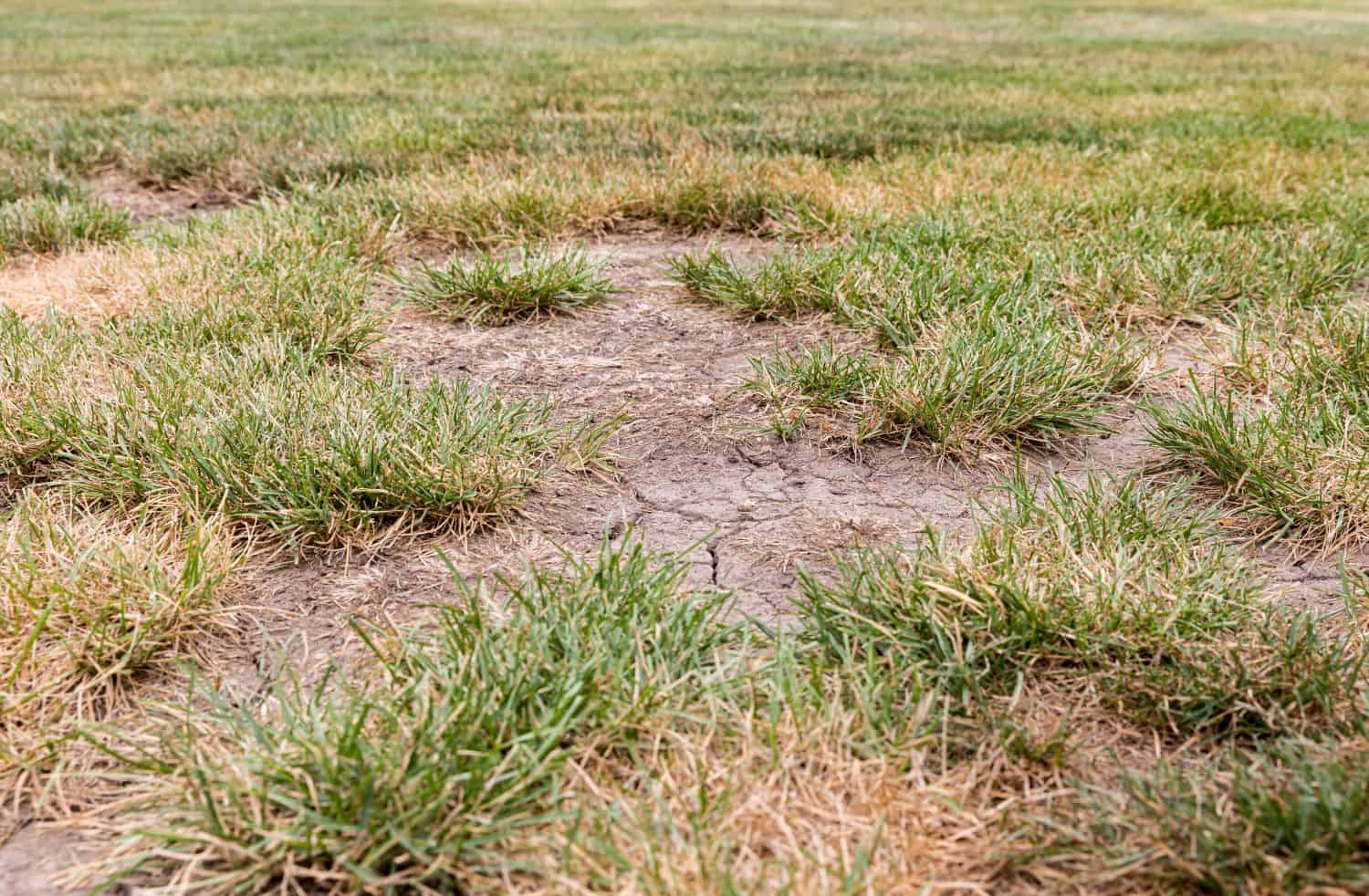
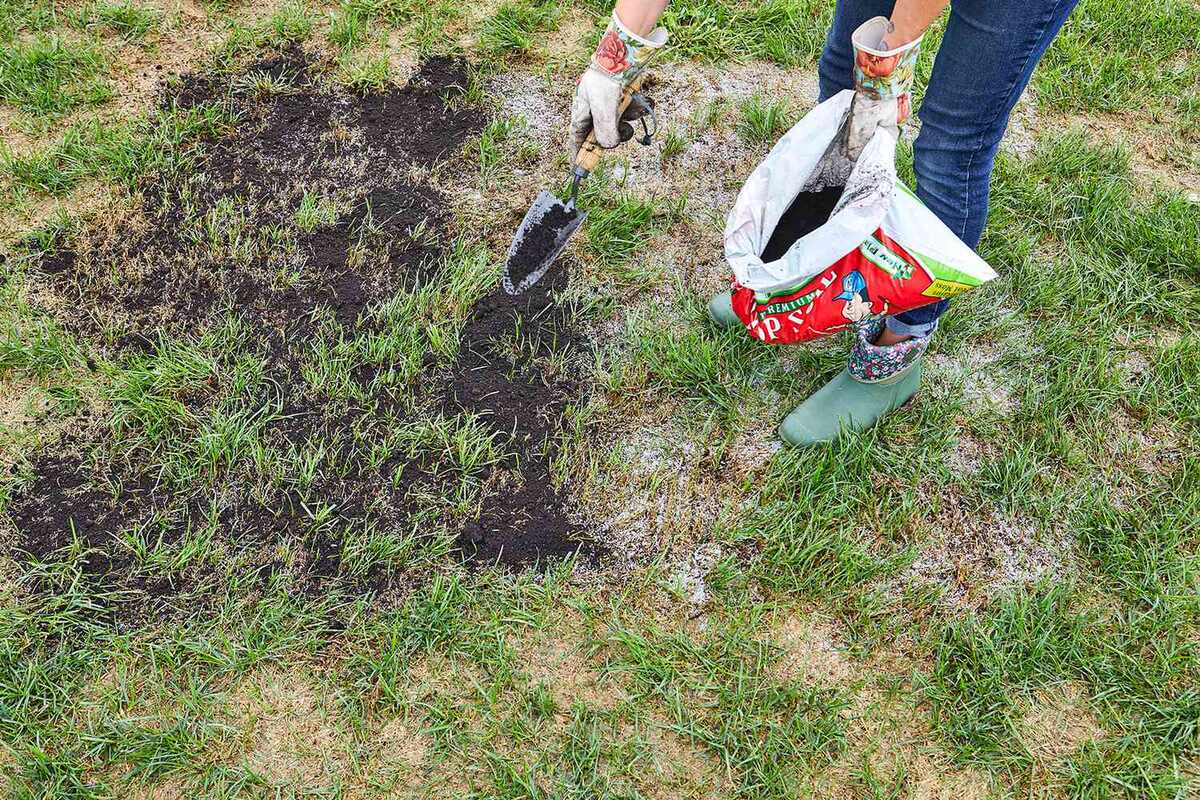
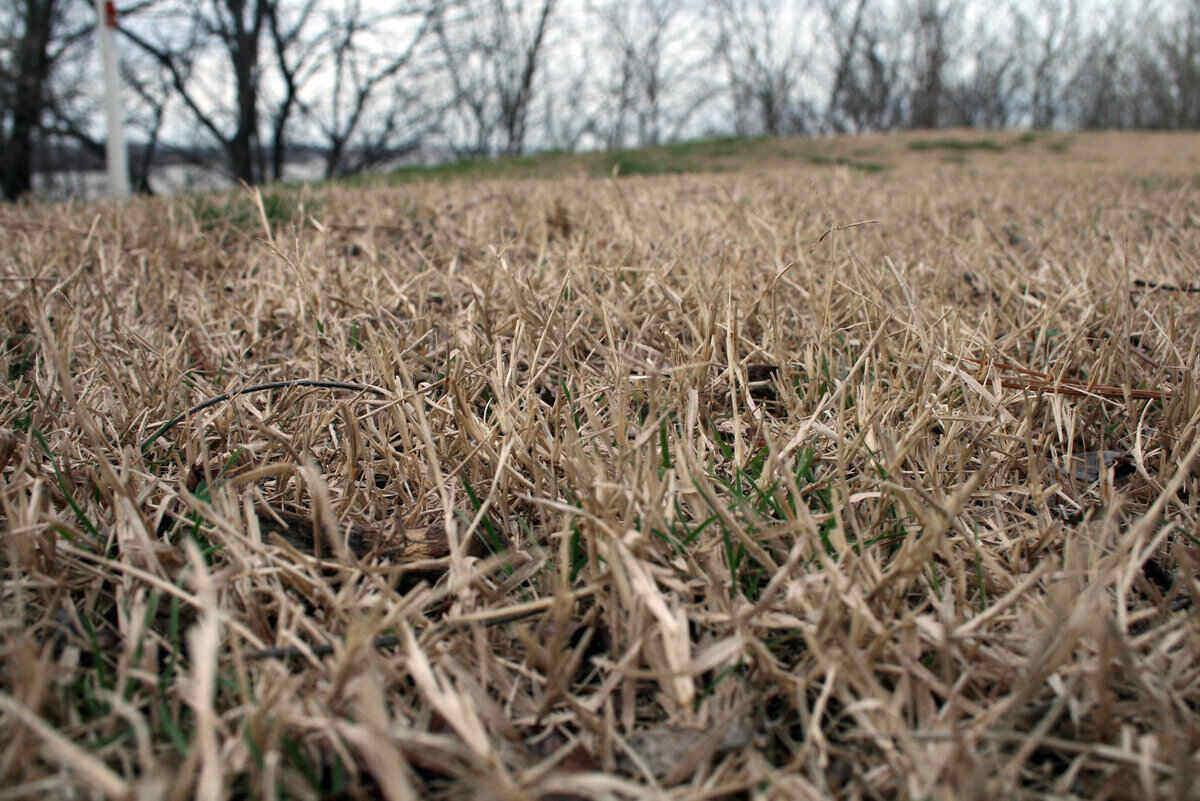
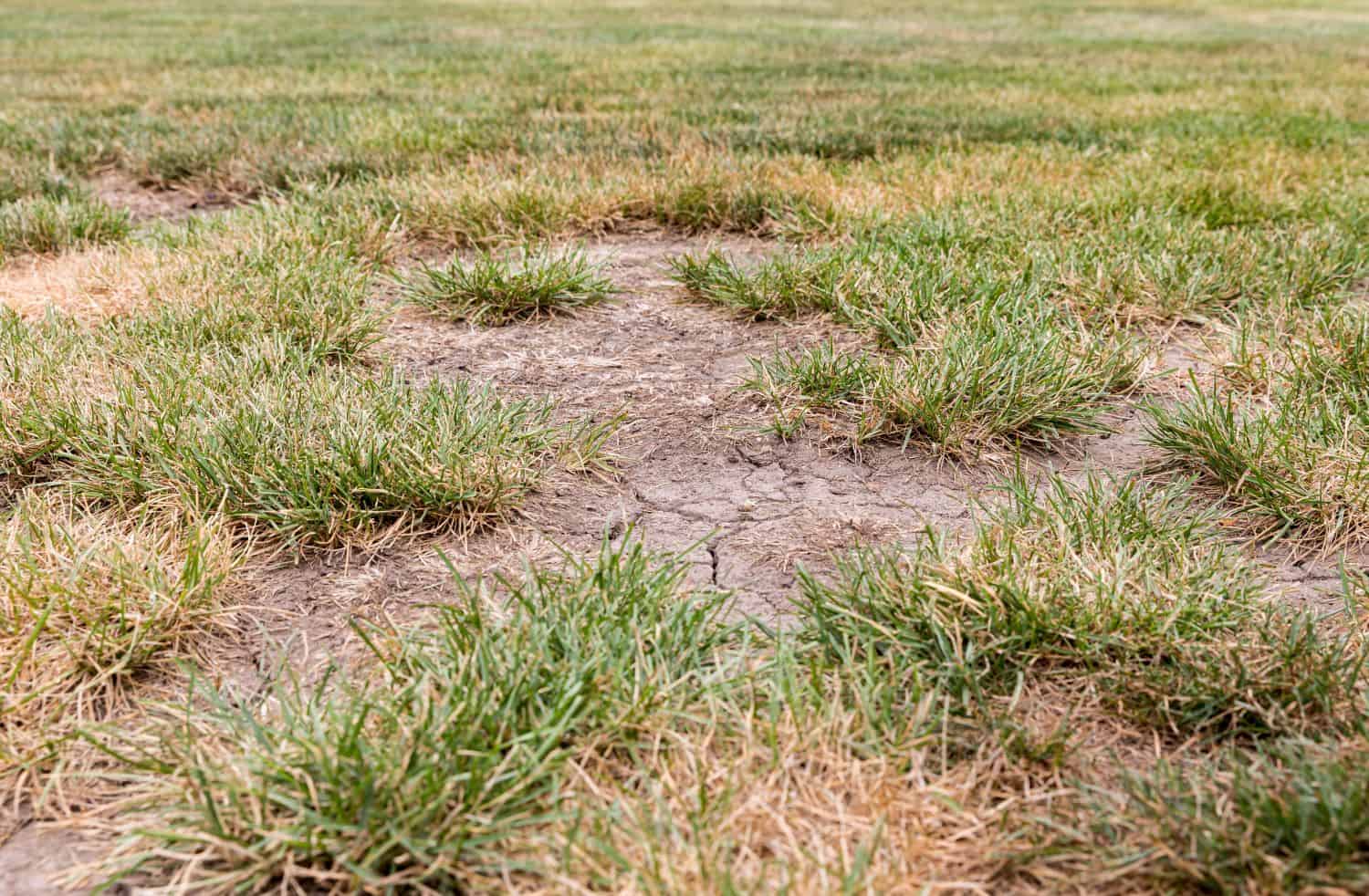
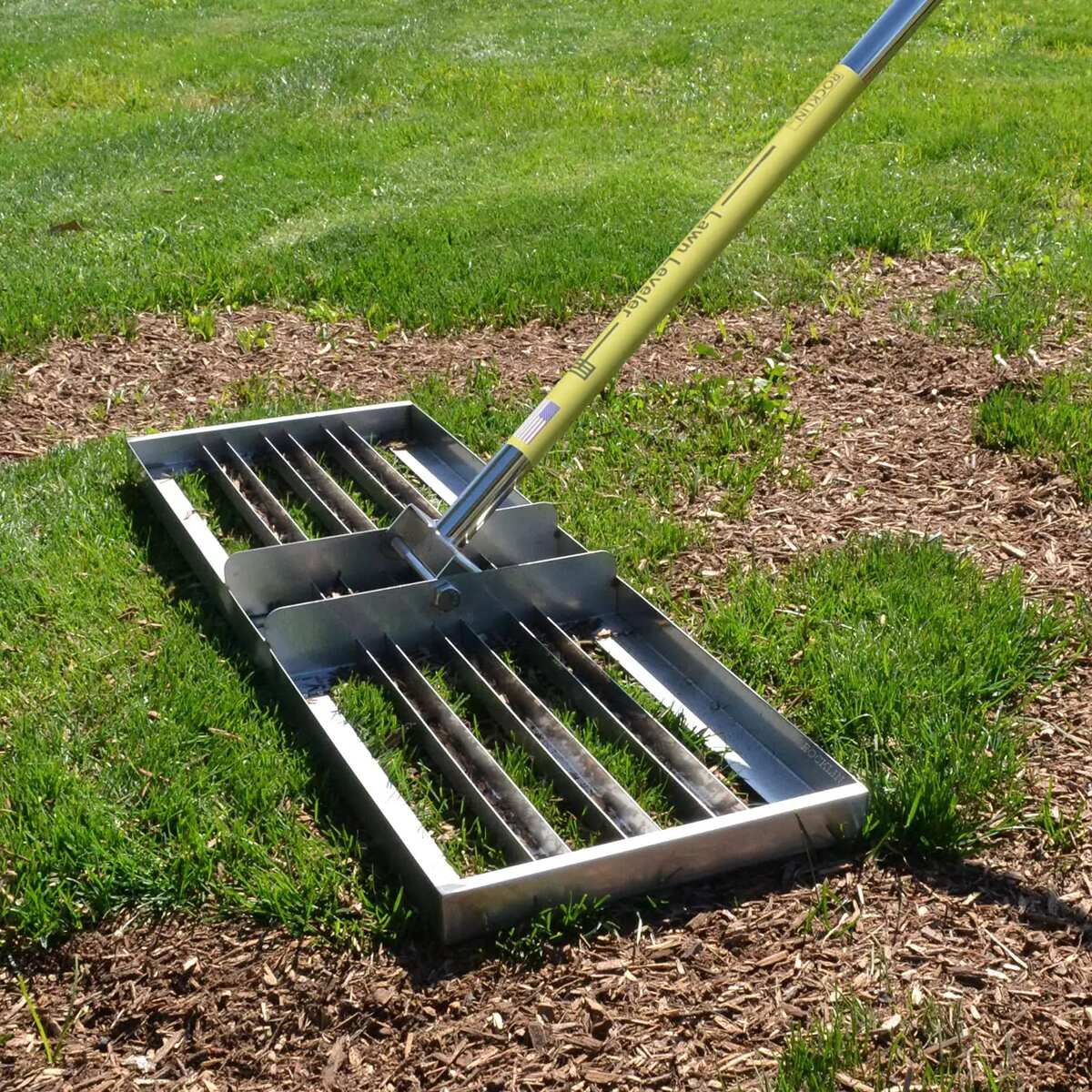
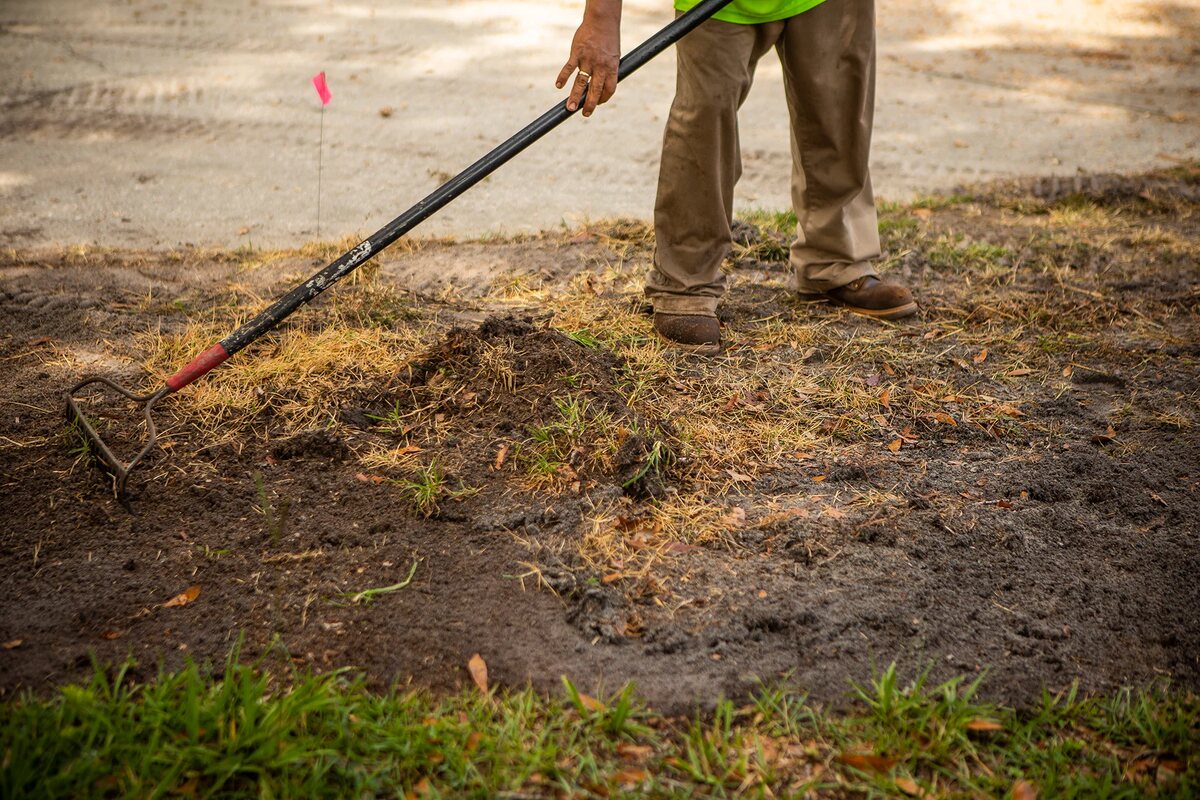
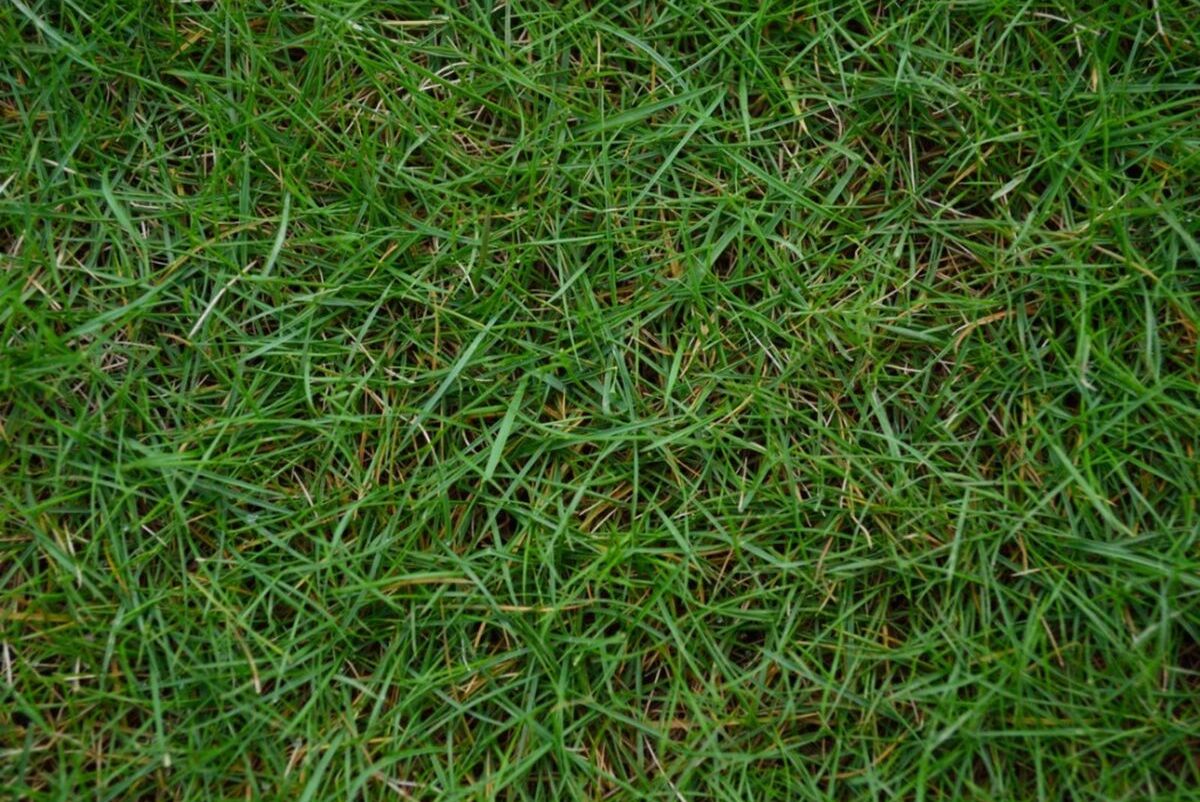
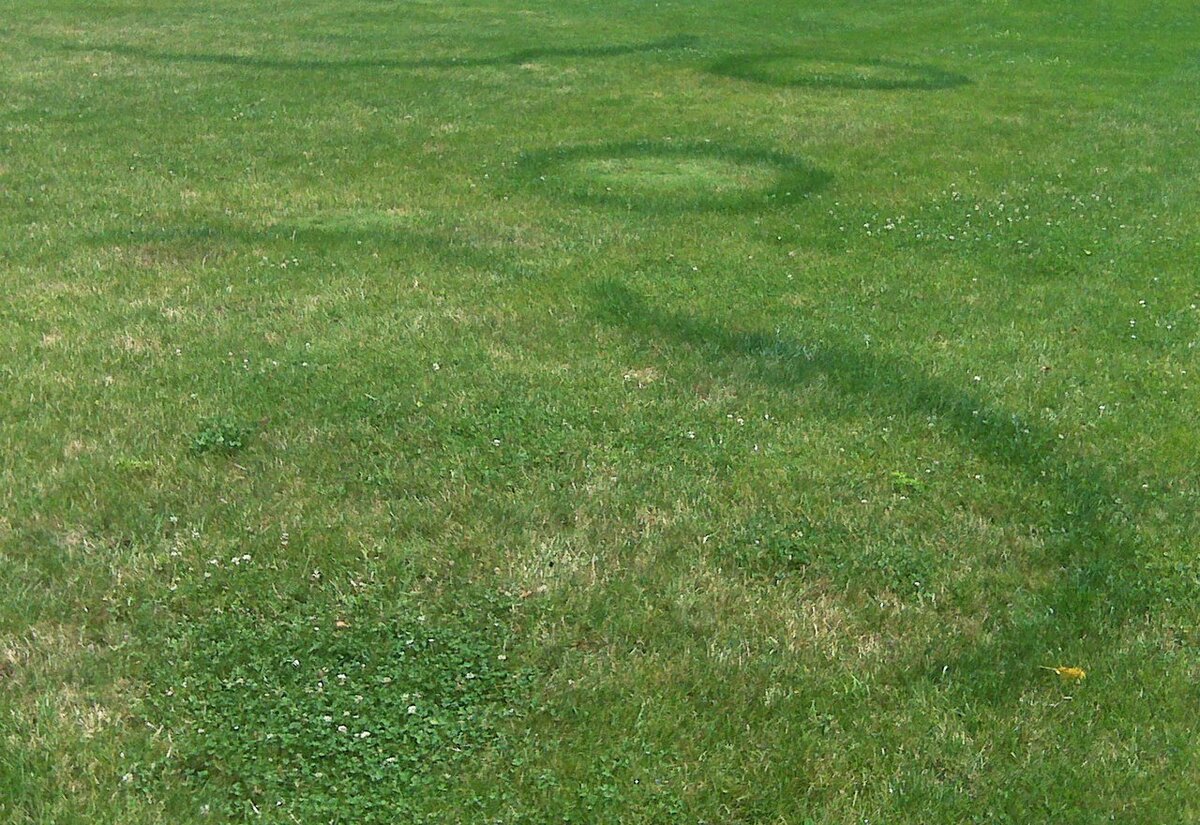

0 thoughts on “How To Help Dead Grass”